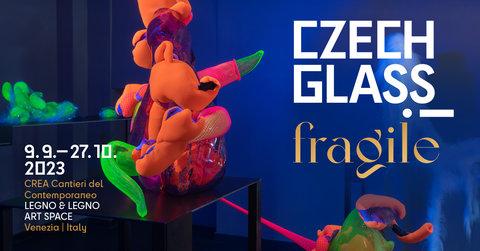
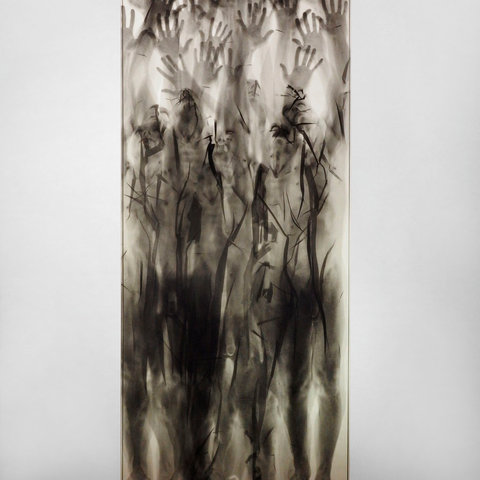
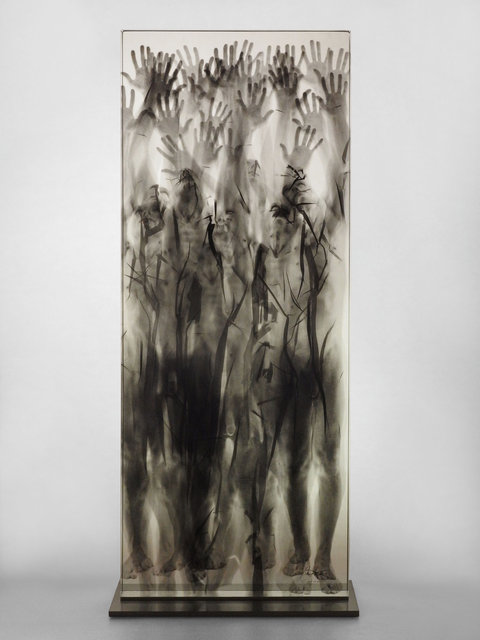
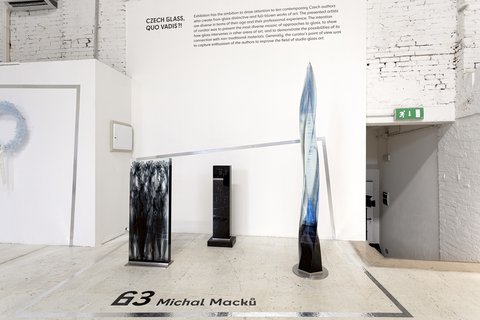
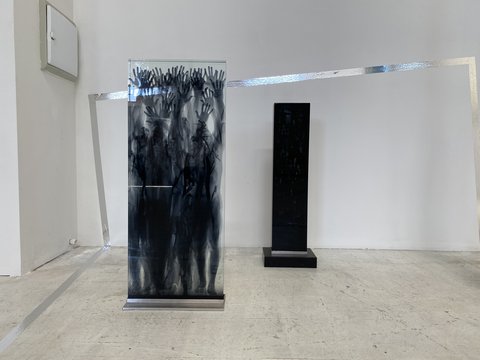
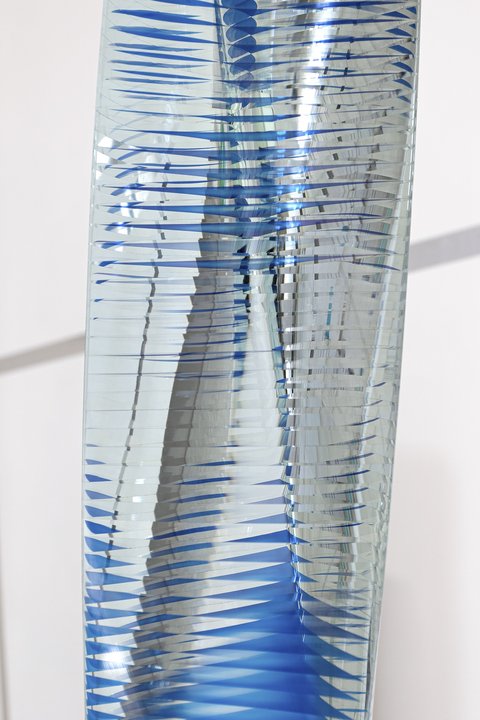
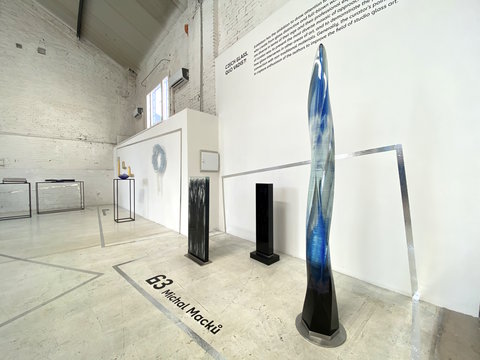
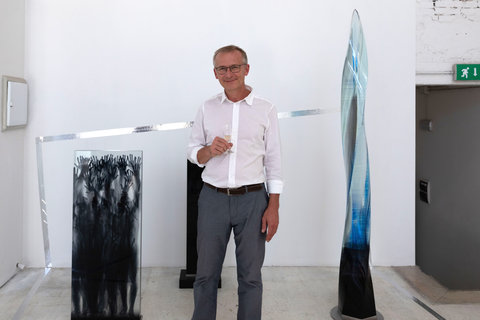
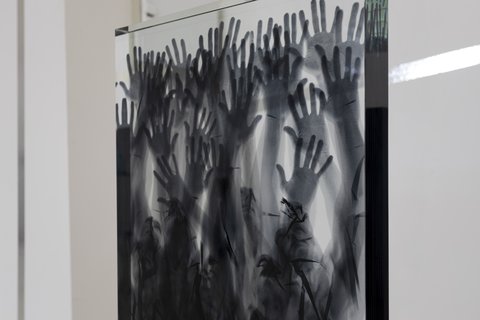
Michal Macků
He graduated from the Brno University of Technology, Faculty of Technology with a focus on plastics technology, and later from the Institute of Creative Photography in Opava under the guidance of prof. Vladimir Birgus. His photographic works have been regularly showcased at international art exhibitions in Europe, America and Asia for many years.
For him, the camera soon became the trigger for the creative process rather than the completion of this process. He developed his own photographic technique, for which he invented the name "gelage", which simply means a collage made of gelatin/gel. It represents transferring the exposed and developed emulsion from the film to the paper. The gel technique allows him to be much more creative than when using only classic photography. "The emulsion is supple, moist, when I took the image from a solid surface and put it into a liquid, the image began to move, its expression changed, it evoked an animated film in me. That was the right moment that really allowed me to start creating, to get rid of the original relationships, to give things a new life. "
The author distorts, combines, multiplies or layers the developed and stabilized photographic image on top of each other, thus creating a new composition. The basic displayed element is almost exclusively the human body - the figure of the author himself. The figures are often the same, from the same negative, but they separate from each other at some point in the process and each begins to live its life. Individuality becomes plurality. A crowd is formed, which at the same time forms a unity. It is these parallels that interest and fascinate the author. The relationship between the individual elements is important to him, as well as how the connection into unity arises. In addition, the multiplied human body has a distinctive symbolism. On the one hand there is a strong expression in it, on the other hand a certain fragility, almost intimacy.
Making experiments with technology and interest in new techniques led the author to the intersection of different artistic disciplines. He gradually made his way to transferring of the photographic image into the glass. His complex creative process was facilitated by his experience with the re-edition of prints by the important Czech photographer František Drtikol, who interested and inspired him in many ways. It was he who used the carbon printing technique in his unforgettable acts from the 1930s. Macků first uses gelling to assemble the image. He will then use a carbon matrix - a large-format negative - as a basis for making a composition, and then transfer it to the glass surface.
" With glass, another unprecedented area has opened up for me, where all the experience gained from previous stages (with gelling and carbon printing) can be squeezed into. The third, next dimension is important to me. Not only physically, spatially, but also philosophically - the image is fragmented into different layers, but when viewed from one place it forms a compact whole . "
From this stage of the author's work, two gellages are showcased at the exhibition, which resonate strongly with the time we live in. We can perceive them as a desire for freedom, for unrestricted movement, for full and deep breathing, for the need for supersensible overlap, or even completely differently. The author himself does not like to name or describe the works, he gives each viewer the freedom of his own interpretation. "We incorporate our own interpretation into the work, which depends a lot on the point of thought, but also on the physical angle. I know how the work was created and what the chronology of the work was - those works represent my inner world. The viewer has his own, and I do not want to force my interpretation and meaning on him. Every viewer is free to have his own interpretation. "
Over time, glass has become a challenge for Michal Macků not only in terms of handling new material, but also as a means of breaking out of existing paradigms. Recent personal experience has fundamentally changed his artistic expression. The author freed himself from the depiction of the body and specific scenes and creates glued and cut objects from sheet glass, which with their totemistic vertical correspond more to the iconic figure. The sacred geometry of the spiral shape, a kind of menhir telling its own intimate story, acts in space not only "visually", but becomes an energy centre of gravity with a harmonizing effect. The light it absorbs and reflects creates its next, transcendent dimension. One spiral from this last period of the author's work is also part of the exhibition.


